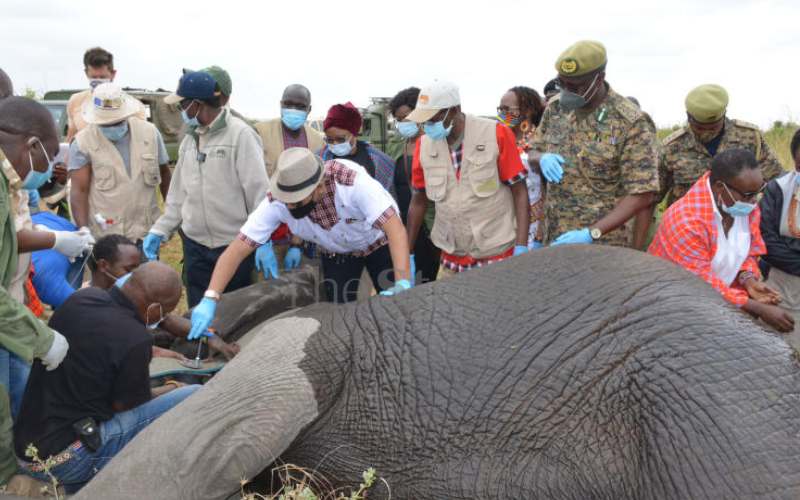×
The Standard e-Paper
Truth Without Fear

Tourism CS Najib Balala (centre) witnesses the naming of elephants at the Amboseli National Park. [Peterson Githaiga, Standard]
Kenya will receive 13 elephants from a zoo in Kent, the United Kingdom. The herd that will be flown 7,000km in a Boeing 777 will be released to the wilderness at Mwaluganje Community Wildlife Conservancy, which is part of the Shimba Hills ecosystem.